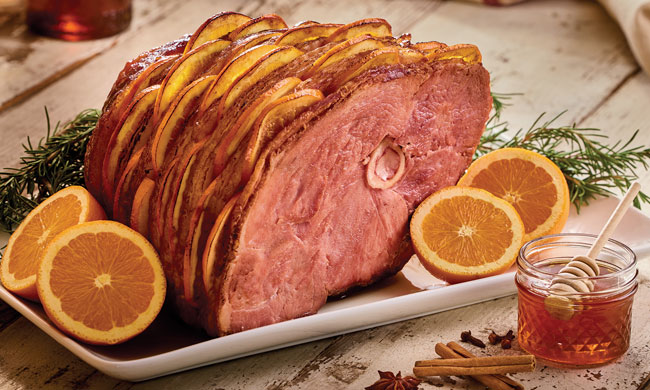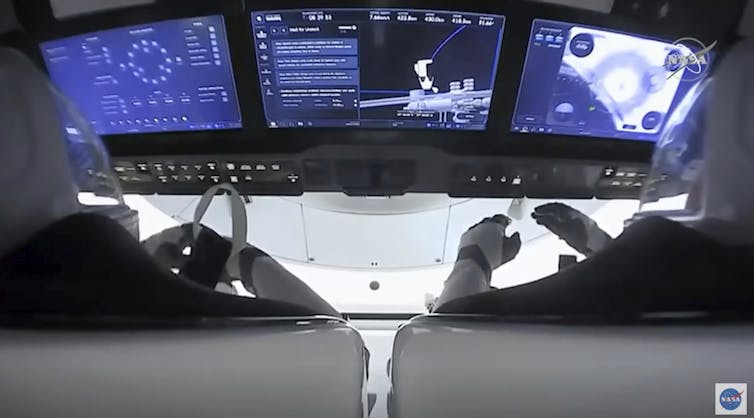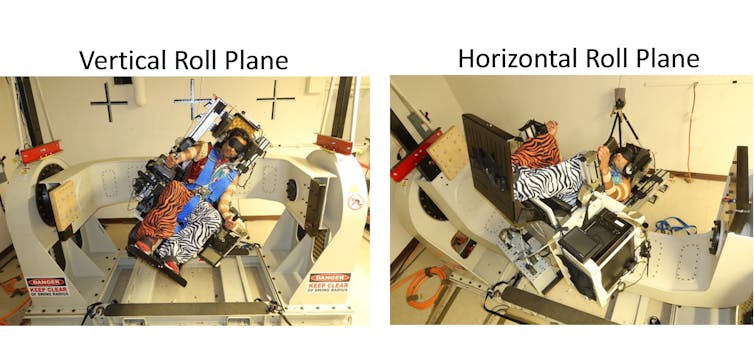Hard writing means easy reading. Higher education professionals can get this adage wrong when it comes to writing for audiences outside their academic discipline or functional area. You might think that describing work that is complicated shouldn't be simplified into short, punchy writing that is understood without much effort. Readers will think your work is too easy.
Resist this temptation to make your writing difficult to read.
Your goal for non-academic writing should be to make information accessible and useful to more people. Half of U.S. adults read at a ninth-grade level or below. Even if you're writing for an audience with an above-average reading level, people have come to expect writing that can be skimmed. Remember, no one has ever complained that something is too easy to understand.
Public communication, or writing for a lay audience, includes presentations, external reports, news articles, messages on your department website, or the daunting task of turning your 20-page CV into a 500-word biography.
The most effective writing will always be hard, but here are some tips to help make your academic or work-related writing more clear, concise, memorable, and easy for outside audiences to read:
Be Audience-Focused
First, put your audience's needs ahead of your own. The iron imperative of writing, according to Josh Bernoff, author of "Writing Without Bullsh*t," is to "treat the reader's time as more valuable than your own." This audience-focused approach can be applied in many ways in your writing, but a good start is to ask yourself these questions: 1.) What does the audience care about?, 2.) What do they want from you?, 3.) What do you want them to think about?, and, if applicable, 4.) What do you want them to do (also known as the call to action)?
There's no such thing as a "general audience," even if you're writing for social media, a news website, or other forms of public communication.
"Don't try to visualize the great mass audience," wrote William Zinsser, author of "On Writing Well." "There is no such audience -- every reader is a different person."
But you can focus on what readers have in common, and that is their shared expectation from the platform you are using (e.g., department webpage) and that you, the writer, can provide knowledge or information.
Instead of a "general audience," a better way to think of an audience might be non-academic, external, or outside your area of expertise. Then ask yourself what a reasonable, uninitiated reader would want to know, and write for that person. You'll find your audience is often a version of yourself before you came to know what you're about to share.
Now that you are mindful of your reader's interest, the next step is to value their time. You can do this by eliminating unnecessary words and phrases and also by adding value to their reading experience to make it more enjoyable and effortless.
Remove Weasel Words
Academics are prone to hedge in their writing, especially when it comes to pointing out the limits of their research. They add words to lessen the certainty in their claims to account for outliers or variables. Bernoff calls them "weasel words." These are adjectives, adverbs, or nouns that indicate quantity or intensity but lack precision: "most," "many," "few," or "rarely."
Omit weasel words when addressing non-academic audiences who are not going to test your claims with a randomized controlled trial. Be bold. Write something like "Our graduates get jobs."
This doesn't mean you should avoid caveats. Studies show that cautionary statements, such as "further research is needed to validate the results," still capture readers' interest. Acknowledging complexity helps the reader keep an open mind and improves the perceived credibility of the writer.
But if exceptions to your claims are not worth considering, Bernoff recommends making a direct statement. If exceptions are worth it, say so specifically, like "We have a 95% job placement rate."
Remove Windups
You might feel the need to set your reader up with introductory phrases or sentences before getting to your point. Some of these windups are needless intensifiers, such as "The fact of the matter is…," and some provide unnecessary context, like "In today's economy where families are living paycheck to paycheck…" Instead, deliver your message using short, declarative sentences.
Remove Jargon
Higher education professionals love using jargon to signal their expertise and sophistication. Jargon can be useful to insider audiences for communicating complex ideas in fewer words. But for external or non-academic audiences, jargon can alienate them as ignorant. It also violates the iron imperative of wasting the reader's time by leaving it up to them to look up acronyms or the meaning of fancy words like "pedagogy."
And don't just spell out acronyms for readers. Use simpler terms. "Extravehicular activity" is not an improvement on "EVA," but a "spacewalk" is.
Remove Excessive Details
You can go too far in avoiding jargon by explaining too much. This will bog down your message with excessive details. Don't be too concerned about whether or not an outsider audience "gets it." You also run the risk of being too preachy.
Andrew Le Peau, author of "Write Better," suggests a less is more approach that means trusting the reader.
"If we leave room for them to fill in the blanks we have left, they internalize our story or message more deeply," Le Peau wrote. "As a result, what we write sticks better."
Le Peau is quick to point out that summarizing is not the same as overdoing details. Writers should signal to readers where they are taking them.
And, fittingly, that takes us to what you should add.
Add Narrative Tension
Academic writing is difficult to read because it lacks narrative tension, which is the suspense that keeps the reader wanting to learn more. It's easy to read something when the writer is stoking curiosity by providing information in a sequential manner that anticipates what the reader wants to know next.
Typical research papers have sequence, but it's broken up into sections with clear boundaries that have different objectives: introduction, methods, results, and discussion.
You can add narrative tension with adequate transitions, pacing, and stories.
Add Transitions
Non-academic readers expect easy transitions and thread that takes them from one idea to the next. Storytellers refer to these transitions as "beats," which are the cause-and-effect rising actions within a story that create narrative tension. Academic writing uses transitions such as "moreover" and "furthermore" to thread claims together the way a storyteller would repeatedly say "and then."
Narrative tension is built through contrast and starting sentences with the word "but." You can occasionally use "however," "therefore," or "instead." But there's no stronger word than "but."
"I can't overstate how much easier it is for readers to process a sentence if you start with 'but' when you're shifting direction," Zinsser wrote. "It announces total contrast with what has gone before, and the reader is thereby primed for the change."
Add Pacing
Another way to build narrative tension is changing the pace with the length of your sentences. Non-academic writing should have shorter sentences than academic writing. Reading comprehension decreases after just eight words. Since readers can be lulled to sleep with consecutive compound sentences, try following a long sentence with a short one. Here's one.
Narrative tension can also be achieved with a long sentence or paragraph that ends with a word or two that is emphasized by every writer's favorite punctuation mark: the colon.
Add Stories
Non-academic writing allows for more opportunities to tell stories. Don't be afraid to mention people by name or provide an interesting anecdote. Logic and the use of statistics are not as powerful as an emotional appeal through stories.
But storytelling isn't opinions, data, facts, or assertions, according to Miri Rodriguez, senior storyteller at Microsoft. It's the emotional transfer of information through character, plot, and conclusion. "When it's done right, dopamine fires and it prompts action," she said. And that's the ultimate goal of an audience-focused approach.
In Conclusion
The writing process is hard. There's more to it than adding four things and removing four others. But if you're writing in the service of your reader, everyone's time will be well spent.
This article is republished from HigherEdJobs® under a Creative Commons license.


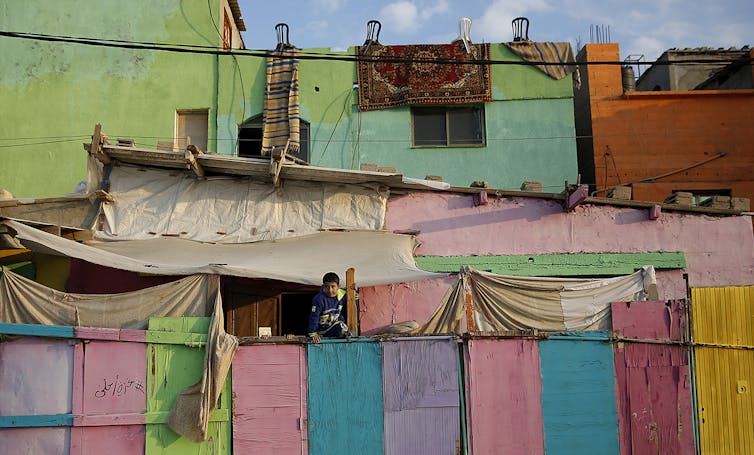

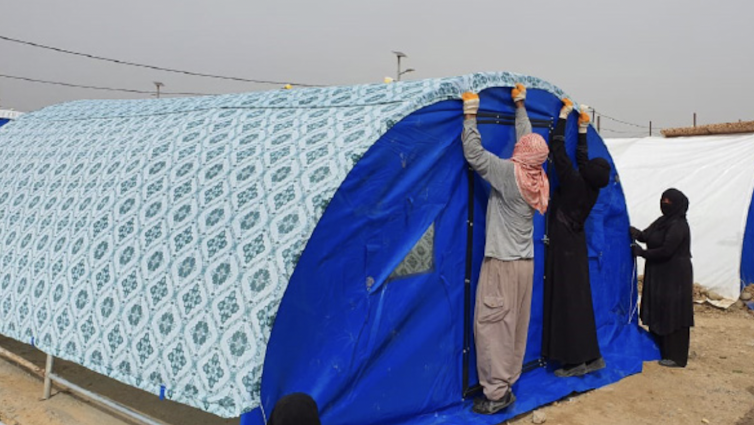
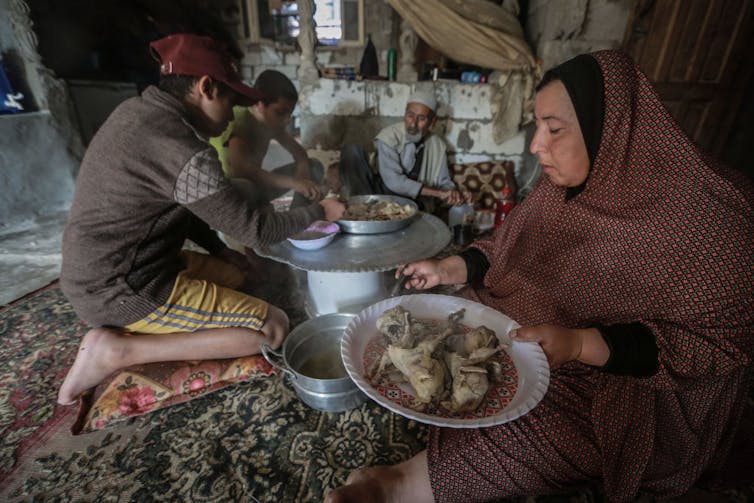







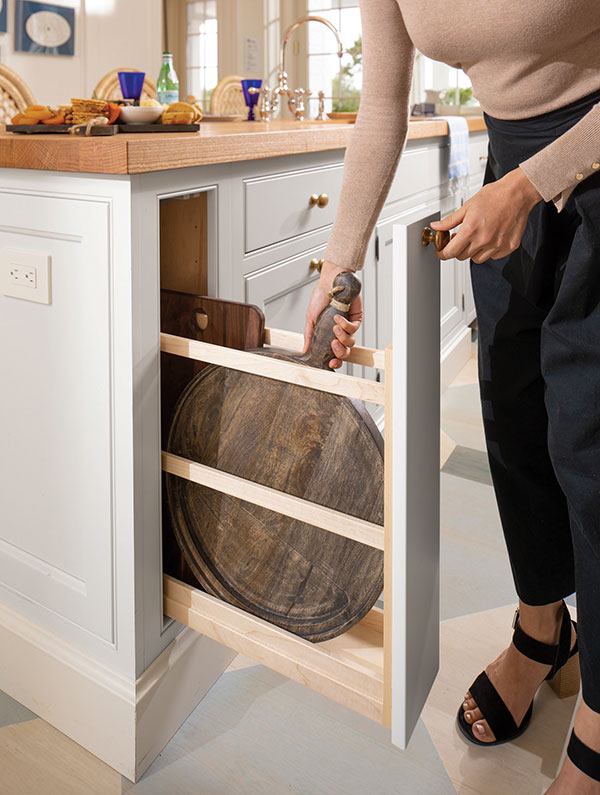 Let it Flow: Open concepts have become quite common as it allows the kitchen to feel like one large room where loved ones and guests can intermingle as opposed to an enclosed space. This flowing openness lends continuous visibility to the area ranging from the (seemingly) always active kitchen to gathering spaces in the dining and living rooms. An open floor plan also helps connect design aesthetics from each room to the next.
Let it Flow: Open concepts have become quite common as it allows the kitchen to feel like one large room where loved ones and guests can intermingle as opposed to an enclosed space. This flowing openness lends continuous visibility to the area ranging from the (seemingly) always active kitchen to gathering spaces in the dining and living rooms. An open floor plan also helps connect design aesthetics from each room to the next. Add Accents that Pop: Obvious accents like bold pops of color and unique patterns come to mind, but you can also make your bathroom stand out by experimenting with materials, accessories and shapes. Think eye-catching cabinet hardware, fun mirror shapes and open-shelf decor that grabs attention without overdoing it.
Add Accents that Pop: Obvious accents like bold pops of color and unique patterns come to mind, but you can also make your bathroom stand out by experimenting with materials, accessories and shapes. Think eye-catching cabinet hardware, fun mirror shapes and open-shelf decor that grabs attention without overdoing it.



